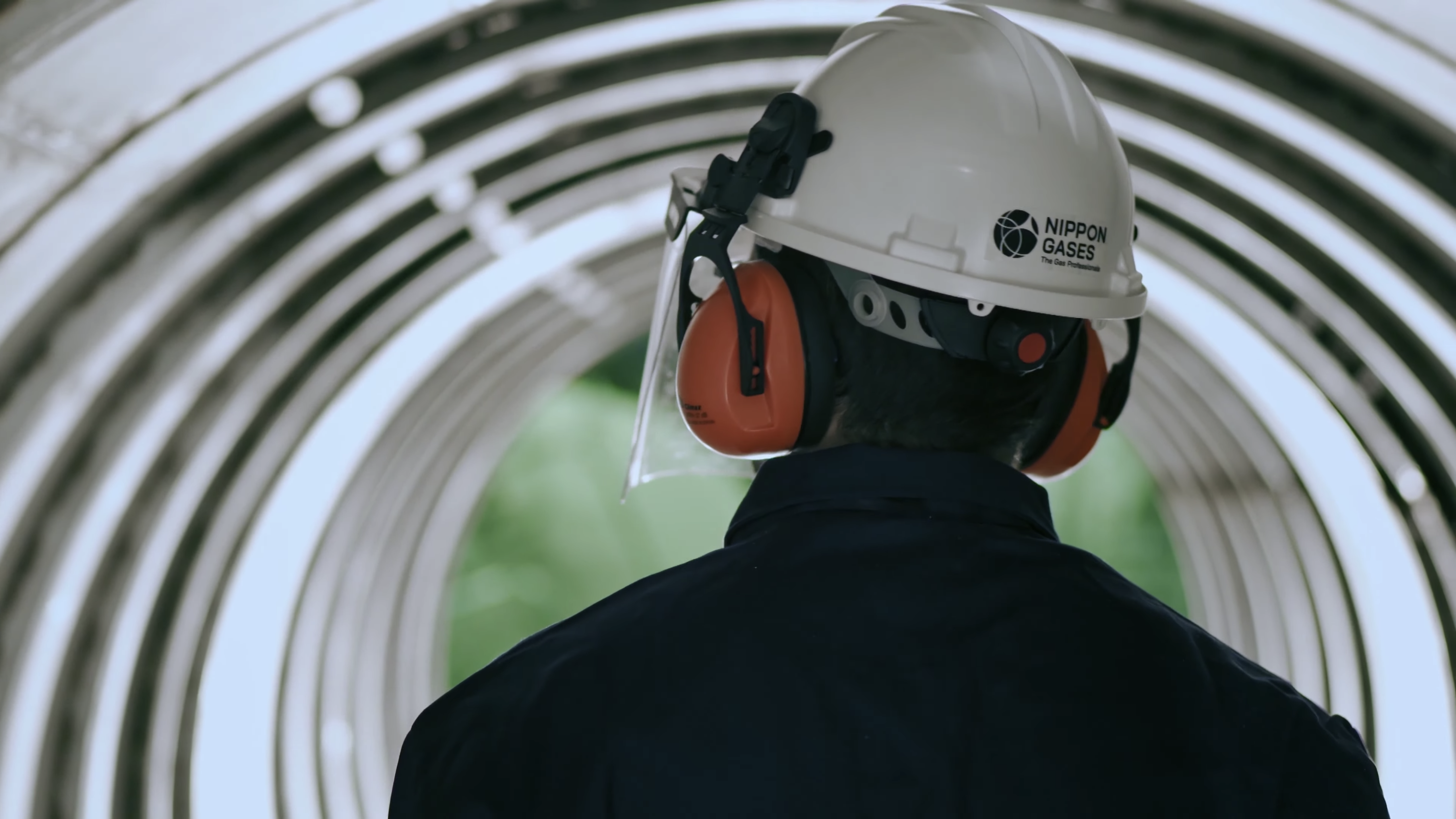A great help in welding processes
Rarely used pure, helium is an inert gas, very light with high ionisation potential which allows to work with extreme welding parameters.
Normally used in mixture with Argon and other active gases, it increases the heat input on the process allowing to increase the productivity and the protection of the welding bath.
Suitable for all electric arc welding processes (TIG / MIG / MAG) but also plasma and laser, in particular on materials such as aluminium and copper that quickly disperse heat.
-269°C
Boiling point
Close to absolute zero.
2,3720 J/mol
First ionisation energy
High ionisation energy = High efficient
welding process.
welding process.
0,138
Relative density
Very light, it enlarge protection on melting pool.
Slide to see more
Related Gases
Acetylene for Metalfabrication Industry
Acetylene is the synthetic fuel gas which, combined with oxygen, generates a flame at very high temperature and is the most commonly used fuel gas in braze-welding and oxy-fuel technologies. Its particular instability is resolved by storing it in special cylinders that contain a porous mass which is first saturated with a solvent that Can be Acetone or DMF (Dimethyl Formalamide) which serve to dissolve the Acetylene making it so stable and safe both during transport and in phases of use.
Read more
Argon for Metalfabrication Industry
The inert gas par excellence in welding processes. Thanks to the experience of Nippon Gases as Gas Professionals, we offer you the correct combination of more gases for each application.
Read more
Carbon Dioxide for Metalfabrication Industry
The active gas most used in welding processes.
Read more
Hydrogen for Metalfabrication Industry
Combustible and very light gas, it has the characteristic of binding easily with oxygen to form water; it is an exothermic reaction, but it has the characteristic of deoxidizing everything it encounters if supported by a little energy. In the TIG and MAG welding processes it is used in small percentages precisely for its deoxidizing function but also for the contribution of energy that it can give to the welding process.
Read more
